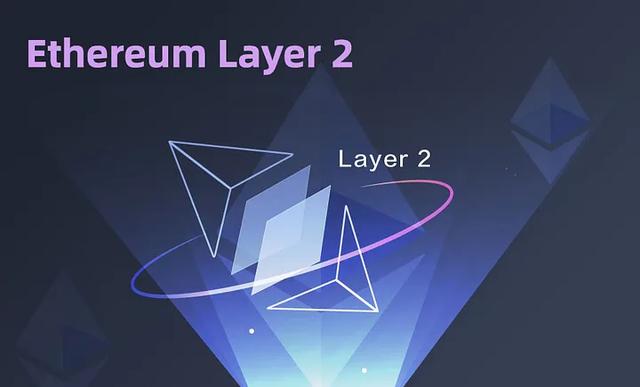
Understanding Arbitrum: A Comprehensive Guide for Ethereum Users
Are you an Ethereum user looking to explore new avenues in the blockchain space? Have you heard about Arbitrum and are curious about how it compares to Ethereum? In this detailed guide, we will delve into the intricacies of Arbitrum, its features, and its potential impact on the Ethereum ecosystem.
What is Arbitrum?
Arbitrum is a layer 2 scaling solution for Ethereum that aims to enhance the network’s scalability, reduce transaction costs, and improve overall user experience. By offloading computation from the Ethereum mainnet to its own layer 2 network, Arbitrum enables faster and cheaper transactions.

How does Arbitrum Work?
Arbitrum operates by creating a separate network that interacts with the Ethereum mainnet. Transactions are executed off-chain on Arbitrum’s network, which is much faster and less expensive than executing them directly on the Ethereum mainnet. Once these transactions are confirmed, they are then batched and submitted to the Ethereum mainnet for final validation.
Here’s a simplified breakdown of the process:
| Step | Description |
|---|---|
| 1 | User initiates a transaction on Arbitrum |
| 2 | Transaction is executed off-chain on Arbitrum’s network |
| 3 | Batched transactions are submitted to the Ethereum mainnet |
| 4 | Ethereum mainnet validates the batched transactions |
Benefits of Arbitrum
Arbitrum offers several benefits to Ethereum users and developers:
- Scalability: By offloading computation to its layer 2 network, Arbitrum significantly reduces the load on the Ethereum mainnet, enabling faster and more efficient transactions.
- Cost-Effectiveness: Transactions on Arbitrum are much cheaper than on the Ethereum mainnet, making it more accessible for users and developers.
- Interoperability: Arbitrum is designed to be compatible with Ethereum, allowing developers to build and deploy dApps on both networks seamlessly.
- Security: Arbitrum leverages the Ethereum mainnet’s security features, ensuring that transactions on its network are secure and reliable.
Comparing Arbitrum and Ethereum
While Arbitrum is built on top of Ethereum, it offers several advantages over the original network:

| Feature | Arbitrum | Ethereum |
|---|---|---|
| Transaction Speed | Up to 10x faster | Varies depending on network congestion |
| Transaction Cost | Up to 100x cheaper | Can be expensive during peak times |
| Scalability | Layer 2 scaling solution | Layer 1 scaling challenges |
Use Cases for Arbitrum
Arbitrum has the potential to revolutionize various industries by enabling faster and more cost-effective transactions. Some of the potential use cases include:
- DeFi: Decentralized finance applications can benefit from Arbitrum’s low transaction costs and high throughput, making it easier to implement complex financial instruments.
- NFTs: Non-fungible tokens can be minted and traded more efficiently on Arbitrum, reducing gas fees and increasing user adoption.
- Smart Contracts: Developers can build and deploy smart contracts on Arbitrum, taking advantage of its faster execution times and lower costs.
Conclusion
Arbitrum is a promising layer 2 scaling solution for Ethereum that offers several benefits to users and developers. By providing faster,



